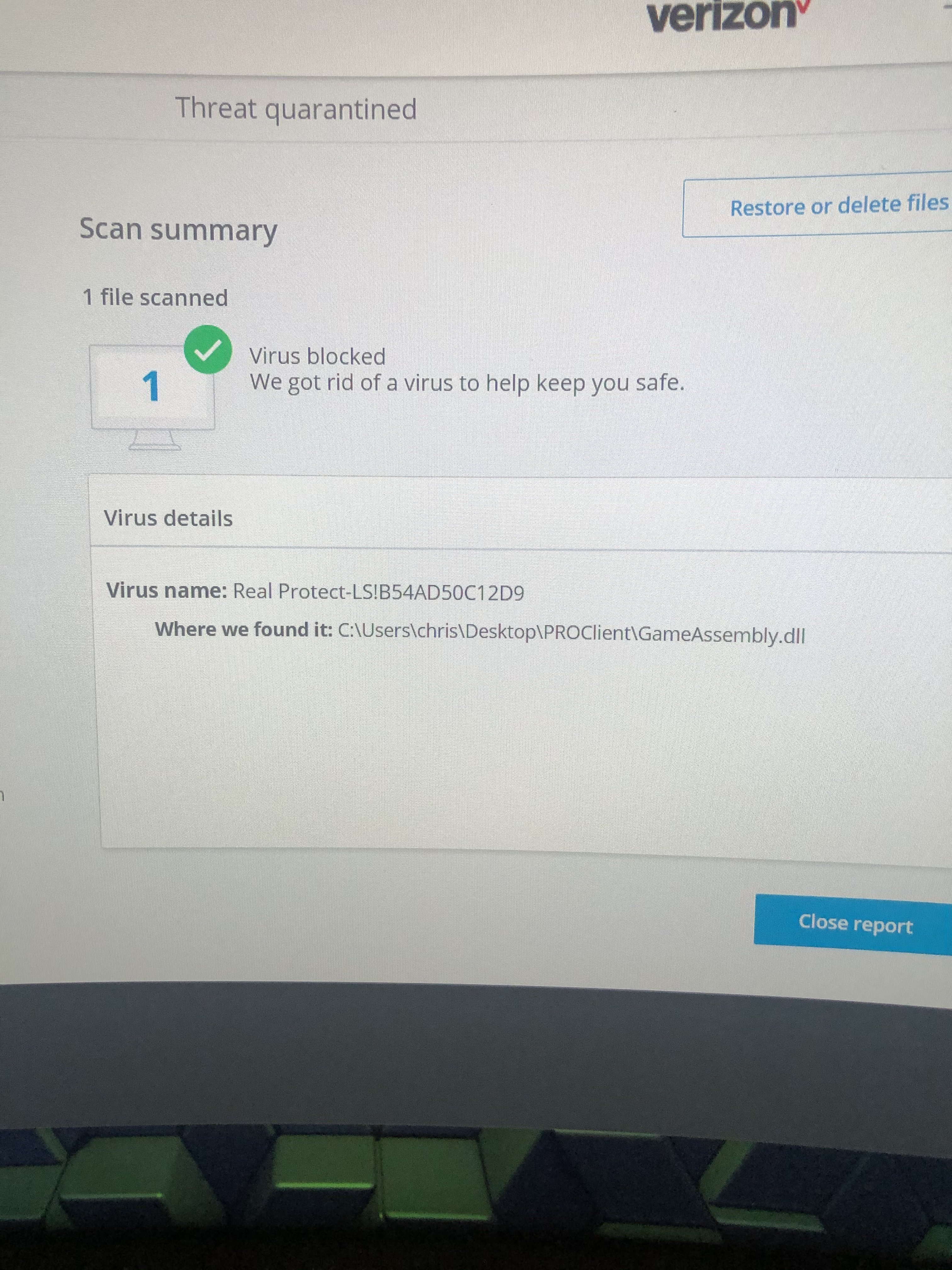03 Jun 2022 How To Uninstall Windows Updates

So, more space is required for the Windows 10 update. This ensures Windows will notify you before downloading and installing updates rather than doing so automatically.
- A pre-defined key and its nested subkeys are collectively called a hive.
- As the name suggests, “DLL injection” primarily tricks an application to call a malicious DLL file which then gets executed as part of the target process.
- One or more child processes of either regsvr32.exe or rundll32.exe are then spawned.
- System Restore is a legacy feature that allows you to undo changes without affecting your files to roll back the computer to a previous point in time when Windows 10 was working correctly.
It detects conditions on your computer that can cause installation problems or failures and presents error messages for them. Follow the instructions to troubleshoot the errors. Once the download has completed, check that you have downloaded the full, uncorrupted software file.
Locating No-Hassle Products Of Missing Dll Files
If you’d rather be able to execute the script by simple typing ‘foo’ with no extension you need to add .py to the PATHEXT environment variable. Many people use the interactive mode as a convenient yet highly programmable calculator. When you want to end your interactive Python session, call the exit() function or hold the Ctrl key down while you enter a Z, then hit the “Enter” key to get back to your Windows command prompt. The Acrobat update is available on the Adobe website at /support/downloads/. Now if we are lucky, the problem would be solved by now, but in my case, there was no change.
Again restart your computer to ensure everything sails smooth. Select Windows 8 to open the all-important recovery manager. Clicksystem recovery under help to finally progress to recovery.
Options For Fundamental Details For Missing Dll Files
Type ‘Reg’ into the search bar and select ‘Registry Editor’ when it appears. In the left-hand menu, navigate to HKEY_LOCAL_MACHINE\SYSTEM\CurrentControlSet\Services\CldFlt\Instances. You should see ‘DefaultInstance’ Microsoft dlls in the right-hand pane. Click it and change its value from CldFlt to CldFltUpper. Type “command prompt” into the search box in the taskbar, right-click “Command Prompt” and select “Run as administrator”.


